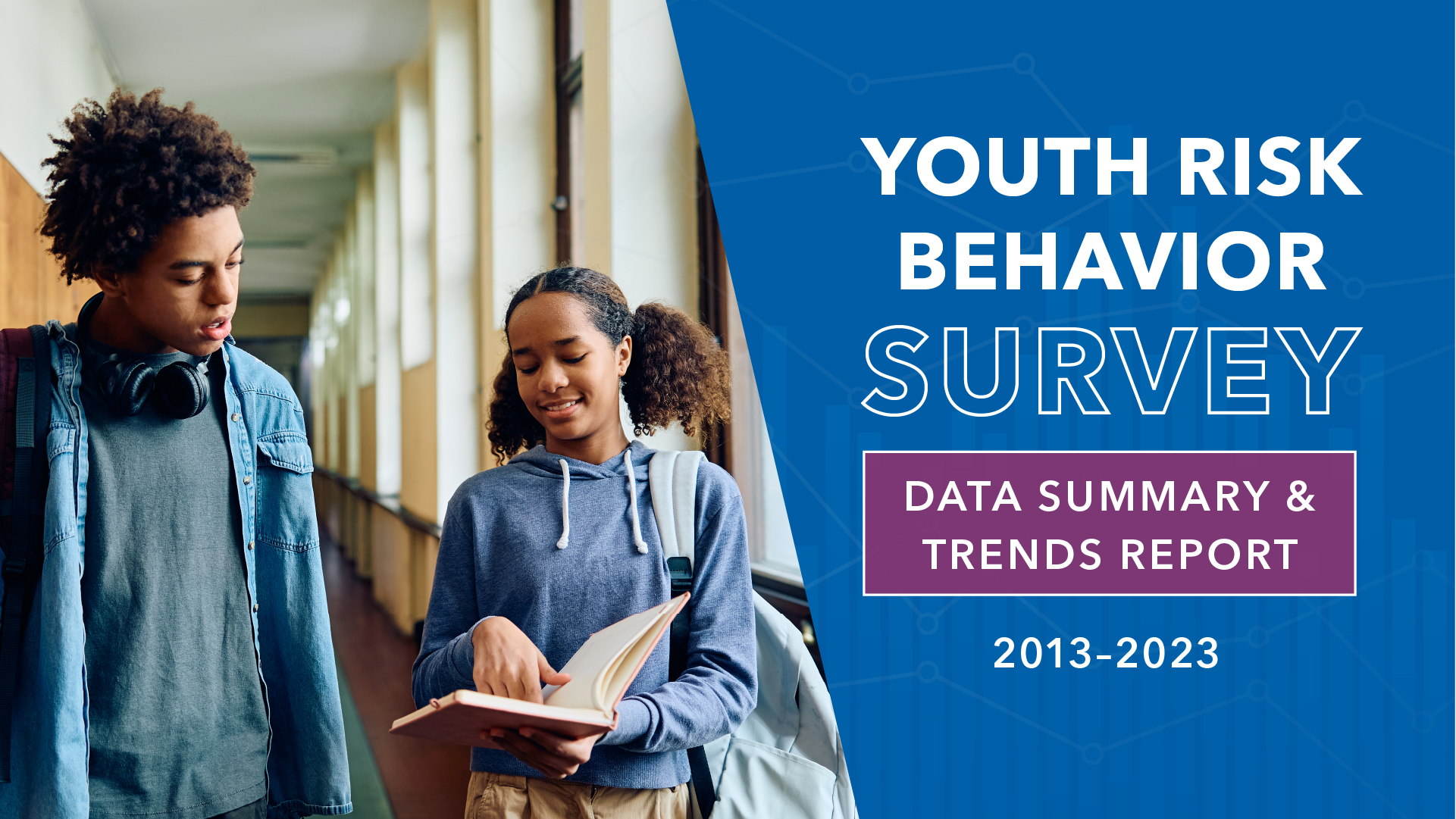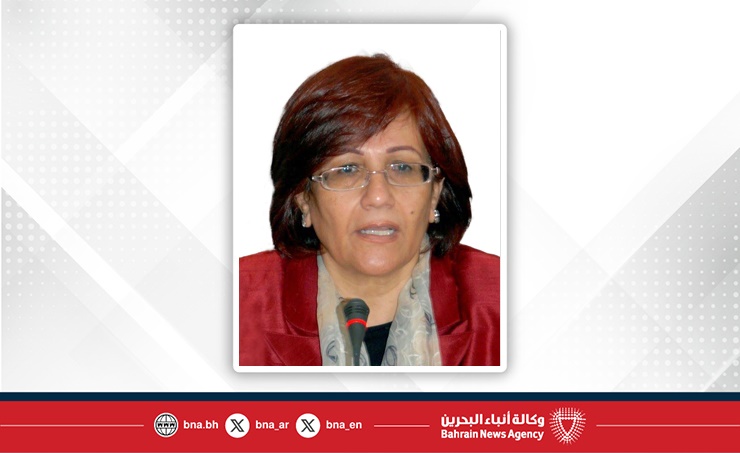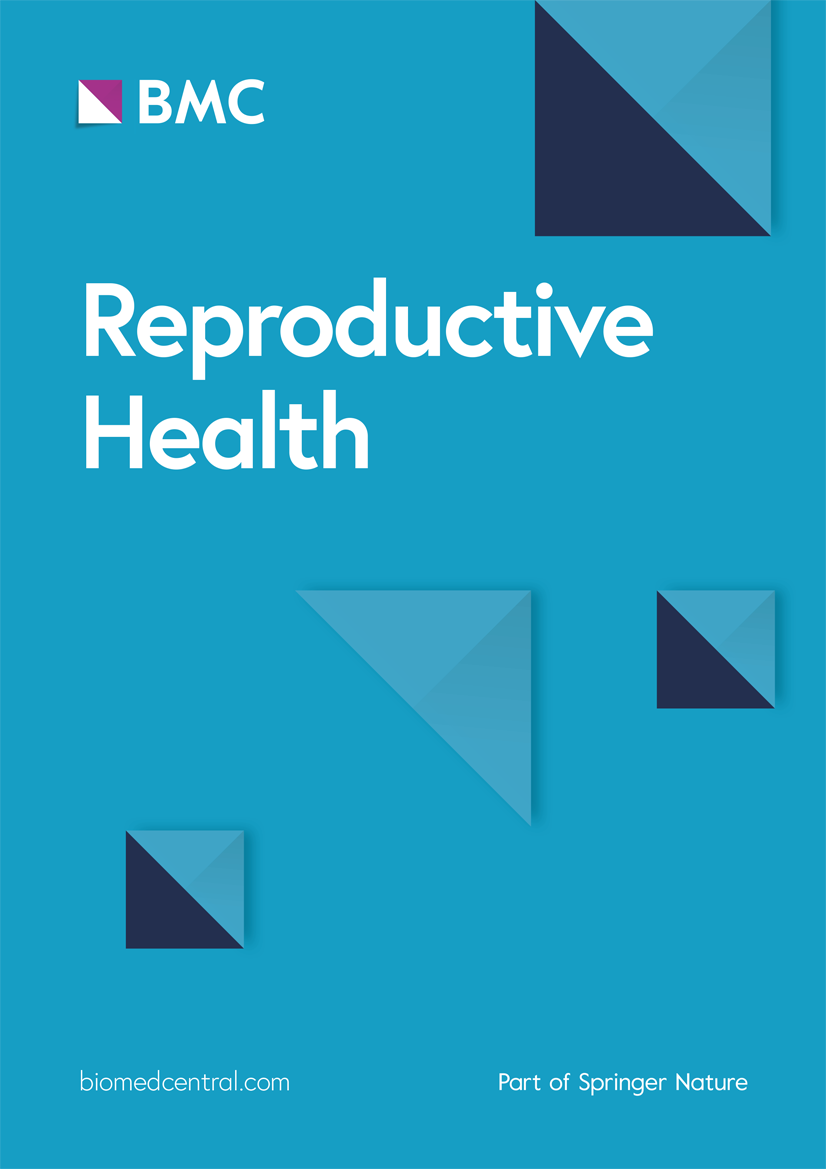Community Pharmacies Are Safe, Accessible Locations for Adolescent Reproductive Health Care – Drug Topics

Report on the Role of Community Pharmacies in Advancing Adolescent Sexual and Reproductive Health
Introduction: Aligning with Sustainable Development Goals
A systematic review of 34 studies highlights the critical role of community pharmacies in advancing key Sustainable Development Goals (SDGs), particularly SDG 3 (Good Health and Well-being) and SDG 5 (Gender Equality). By providing accessible sexual and reproductive health (SRH) services, pharmacies can help achieve Target 3.7, which calls for universal access to SRH care, information, and education. Adolescents, who face significant barriers to care and are at a higher risk of unwanted pregnancy and sexually transmitted infections, represent a key demographic whose health outcomes must be improved to meet these global targets.
Methodology of the Systematic Review
Investigators conducted a systematic review of studies published since the year 2000, reflecting the modern expansion of the pharmacist’s scope of practice. The review included 34 studies of various designs that focused on the experiences of adolescents aged 10 to 19 with contraception and abortion services in community pharmacies. The geographical distribution of the studies was as follows:
- United States: 24
- United Kingdom: 4
- Australia: 2
- Switzerland: 1
- Canada: 1
- New Zealand: 1
The quality of the included studies was predominantly high, with 32 rated as high quality and 2 as moderate quality.
Key Findings: Contributions to SDG 3 and SDG 5
The review identified community pharmacies as a vital resource for promoting adolescent health and gender equality, directly supporting the achievement of the SDGs.
- Enhanced Accessibility and Convenience: Both adolescents and pharmacists recognized that pharmacies are highly accessible and convenient locations for SRH services. This accessibility is crucial for achieving universal health coverage as outlined in SDG 3, particularly in both urban and rural settings where other healthcare options may be limited.
- Pharmacists as Trusted Health Educators: Adolescents viewed pharmacists as knowledgeable and acceptable sources of contraceptive information, often preferring them for this role. This positions pharmacists as key partners in delivering the health education component of SDG 3 and empowering adolescents with the knowledge to make informed decisions, a core principle of SDG 5.
- Potential for Comprehensive Care: The findings suggest that pharmacists can provide comprehensive information on SRH, thereby reducing adolescent health risks such as anemia, postpartum hemorrhaging, and mental health disorders associated with adolescent pregnancy.
Challenges and Barriers to Reducing Health Inequalities (SDG 10)
Despite their potential, pharmacies face significant challenges that create inequalities and hinder the full realization of their role in the 2030 Agenda. These barriers contravene the principles of SDG 10 (Reduced Inequalities) by creating an unwelcoming environment for a vulnerable population group.
- Confidentiality and Privacy Concerns: Adolescents expressed concerns about confidentiality, often related to the physical layout of the pharmacy. A lack of privacy can lead to embarrassment and deter them from seeking necessary care.
- Judgmental Attitudes and Stigma: A major barrier was the experience or anticipation of judgmental attitudes from pharmacy staff. Empathetic care—characterized by approachability, non-judgmental respect, and awareness of stigma—was identified as essential for making adolescents feel comfortable. Experiences of dismissiveness or intrusive questioning directly undermine the goal of providing inclusive and equitable healthcare.
- Systemic and Training Gaps: Pharmacists identified internal barriers to providing optimal care, including a lack of access to patient medical histories and the need for additional training in counseling adolescents and providing contraceptive information. These gaps indicate a need for systemic improvements to support pharmacists in this expanded role.
Conclusion: Strengthening Pharmacy Services to Meet the 2030 Agenda
Community pharmacies are an accessible and effective channel for delivering SRH services to adolescents, making them indispensable partners in achieving SDG 3, SDG 5, and SDG 10. However, to fully leverage this potential, systemic barriers must be addressed. The attitudes of pharmacy staff, which are influenced by personal beliefs and require further training in empathetic care, are a determining factor in the acceptability of these services. Therefore, investing in pharmacist training and redesigning pharmacy spaces to ensure privacy are critical steps toward ensuring that all adolescents have equitable access to the sexual and reproductive healthcare they need and deserve.
Analysis of Sustainable Development Goals in the Article
1. Which SDGs are addressed or connected to the issues highlighted in the article?
- SDG 3: Good Health and Well-being: The article directly addresses health by focusing on sexual and reproductive health services for adolescents. It discusses the prevention of unwanted pregnancies, unsafe abortions, and sexually transmitted infections, all of which are critical components of ensuring healthy lives and promoting well-being for this age group.
- SDG 5: Gender Equality: While not explicitly mentioned, the topic of sexual and reproductive health is intrinsically linked to gender equality. Providing adolescents, particularly young women, with access to contraception and health information empowers them to make informed decisions about their bodies and futures, which is a fundamental aspect of achieving gender equality.
- SDG 10: Reduced Inequalities: The article highlights that adolescents face “greater barriers to reproductive health care than adults.” This points to an inequality based on age. By exploring ways to make these services more accessible and acceptable for adolescents through community pharmacies, the article addresses the goal of reducing inequalities in access to essential services.
2. What specific targets under those SDGs can be identified based on the article’s content?
- Target 3.7 (under SDG 3): “By 2030, ensure universal access to sexual and reproductive health-care services, including for family planning, information and education, and the integration of reproductive health into national strategies and programmes.” The article’s entire focus is on the accessibility of contraception (family planning) and health information for adolescents through community pharmacies, which directly aligns with this target.
- Target 5.6 (under SDG 5): “Ensure universal access to sexual and reproductive health and reproductive rights…” This target is directly supported by the article’s investigation into making contraceptive and abortion-related services available and acceptable to adolescents, thereby upholding their reproductive rights.
- Target 10.3 (under SDG 10): “Ensure equal opportunity and reduce inequalities of outcome, including by eliminating discriminatory… practices…” The article discusses how judgmental attitudes, lack of sensitivity, and dismissiveness from pharmacy staff act as barriers. These can be considered discriminatory practices that lead to unequal health outcomes for adolescents. The call for empathetic, nonjudgmental care aims to eliminate these practices.
3. Are there any indicators mentioned or implied in the article that can be used to measure progress towards the identified targets?
-
For Target 3.7 and 5.6:
- Accessibility and convenience of services: The article repeatedly mentions that pharmacies are viewed as “accessible and convenient” locations. This can be measured by the number of pharmacies offering such services and their geographic distribution in urban and rural areas.
- Adolescent acceptability of services: The study examines the “acceptability of contraception and abortion clinical and dispensing services.” Progress could be measured through surveys on adolescent satisfaction and comfort levels when accessing these services.
- Pharmacist training and knowledge: The article notes that pharmacists were considered “knowledgeable sources of information” but also identified a “need for additional training.” An indicator could be the proportion of pharmacists who have received specialized training in adolescent sexual and reproductive health counseling.
-
For Target 10.3:
- Incidence of judgmental attitudes and embarrassment: The article explicitly states that adolescents “did experience embarrassment and pharmacist judgment.” A key indicator would be the reported percentage of adolescents who experience negative, judgmental, or embarrassing interactions when seeking care, which could be tracked over time to measure reduction.
- Perception of privacy and confidentiality: The concern about “confidentiality, specifically related to the layout of the pharmacy” is mentioned. An indicator could be the proportion of adolescents who feel their privacy is protected when receiving these services in a pharmacy setting.
4. Summary Table of SDGs, Targets, and Indicators
| SDGs | Targets | Indicators |
|---|---|---|
| SDG 3: Good Health and Well-being | 3.7: Ensure universal access to sexual and reproductive health-care services, including for family planning, information and education. |
|
| SDG 5: Gender Equality | 5.6: Ensure universal access to sexual and reproductive health and reproductive rights. |
|
| SDG 10: Reduced Inequalities | 10.3: Ensure equal opportunity and reduce inequalities of outcome, including by eliminating discriminatory practices. |
|
Source: drugtopics.com

What is Your Reaction?
 Like
0
Like
0
 Dislike
0
Dislike
0
 Love
0
Love
0
 Funny
0
Funny
0
 Angry
0
Angry
0
 Sad
0
Sad
0
 Wow
0
Wow
0










/campaigns/16-days-of-activism-against-gender-based-violence/pr-web-banner.tmb-1200v.jpg?sfvrsn=8cc7b98e_1#)




































































